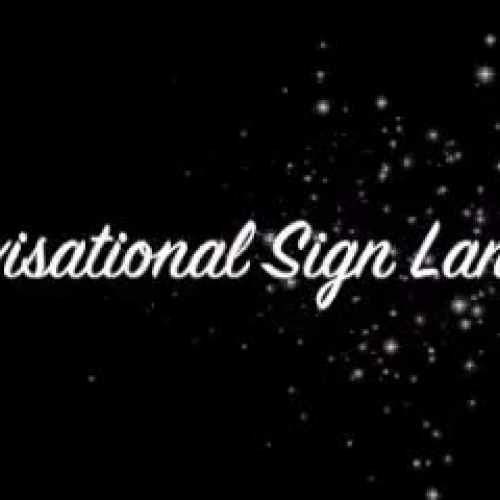Elementary > Sign Language Videos
In an age when people are highly conscious about ones effects on the environment and society, at large, inclusivity through actual manifestations of acquired learnings deemed useful, in order to communicate with people who are deaf and hard of hearing.
Aside from relationship-building, there are additional advantages of learning sign language for people who can hear. Here are two major benefits of learning sign language.
Sign Language for Babies
Babies in their early stages imitate signs from their parents. They learn to sign words as a result. Having a way to put their message across allows babies to tell their parents that they are hungry, thirsty or in pain. As they are unable to speak at this point, communication through sign language serves as a valuable channel that can save parents and babies a lot of frustration. This may eliminate stress and anxiety, and can become a pathway to greater trust and understanding in the relationship.
Sign Language Aids in Higher Reading Comprehension
Children tend to remember words because signs look like what the words are. Signs help children in providing a picture of the words provided in texts. And since children associate letters with images, signs can better aid in this development, and even make them become more visual learners. A research in the Pennsylvania University has shown that children who are taught sign language have a 20% higher reading level than non-ASL kids. In fact, hearing siblings of deaf children have shown consistency in higher reading levels compared to others.
Aside from the mentioned benefits above, sign language can aid in other practical situations like underwater, loud concerts, and other life saving situations requiring one to stay silent.




